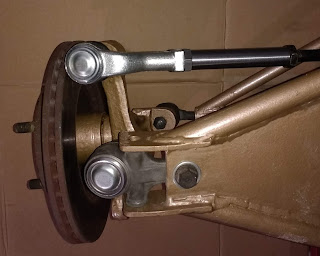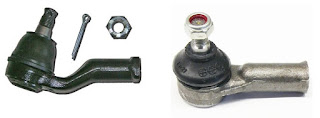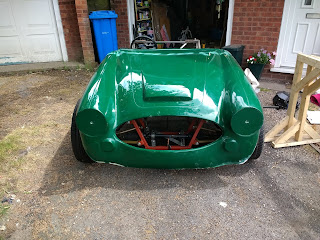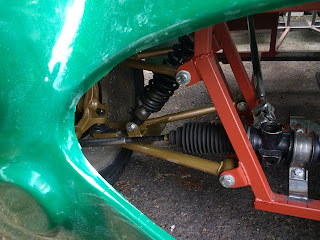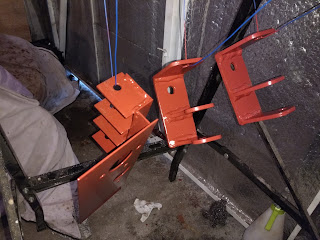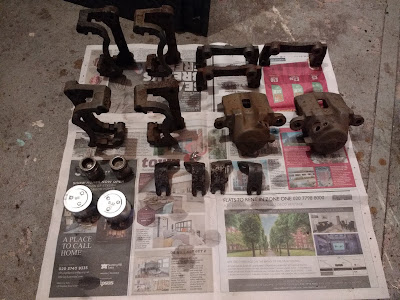Cue a quick question on LCB. The general consensus is;
- Deeper rather than taller. This is to stop the fuel sloshing around. Make sense.
- Outlet near the bottom. Again, makes sense.
- Return to the swirl pot. This is an interesting one, I was going to put it back near the top of the tank but into the swirl pot makes more sense.
And then it's just the size. Apparently enough to maintain cornerning fuelling is the guide. So, how long is a piece of string. Back to number crunching for this one.
Based on a fuel pump that can deal with 255 litres per hour (an uprated mx5 pump), I need to give it 4.25 litres every minute, or 70ml per second. Add in a 10 second corner, that means it needs at least 700ml constant supply. If I assume a 1 litre requirement (to give a bit of leeway), that should be enough. Well, it's probably overkill, maintaining a 10 second corner with enough G's to keep the fuel out of the swirl pot would be so far beyond my driving skill it would be silly!
However, having the inlet and outlet on the swirl pot means that the tank itself just needs two holes cut. One for the filler and float, one for the swirl pot. I'll make one side of the pot flat so I don't have to deal with fuel connectors on a curved surface.
I also plan to make the hole in the tank a bit smaller than the swirl pot, in order to make a small lip. That should also stop fuel splashing back out and into the tank.
And then I'll probably be really paranoid, always drive with at least half a tank, and never ever have to worry about fuel starvation!!




